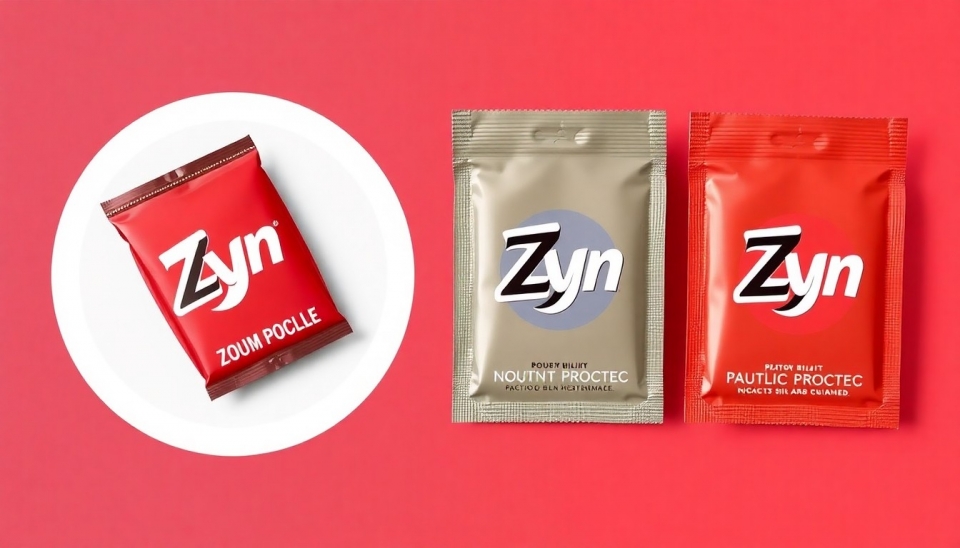
In a striking evolution within the nicotine market, Zyn pouches have captured the attention of users and social media platforms alike. What began as a relatively niche product has exploded in popularity, spurred by its innovative approach to nicotine consumption and its powerful presence on social media. This surge has led to both admiration and concerns surrounding the health implications of such easily accessible nicotine products.
Zyn, a product produced by Swedish Match, is a smokeless tobacco alternative that comes in a variety of flavors and strengths. Unlike traditional tobacco products, Zyn pouches do not require spitting or the use of specialized devices. This portability and ease of use appeal particularly to younger consumers, including teens who are increasingly seeking alternatives to cigarettes and traditional vaping methods.
The rise of social media platforms such as TikTok has played a critical role in Zyn's popularity. The product's presence on these platforms has been bolstered by influencers who leverage their reach to showcase the product in creative ways. Videos highlighting the experience of using Zyn, as well as the aesthetic packaging, have contributed to the trend, effectively creating a sense of community around the product.
Challenges have arisen from this rapid growth. As Zyn’s visibility increases, so do the concerns related to health risks associated with nicotine. Health experts warn that young people may not be fully aware of the addictive nature of nicotine and the potential for long-term health consequences. The accessibility and marketing strategies of Zyn raise alarms about the increased risk of nicotine dependency among youth.
Despite these warnings, the market for nicotine alternatives continues to grow. Zyn has positioned itself as a leading brand by embracing a customer-centric approach and adapting to changing consumer preferences. The flavor options, including mint, citrus, and berry, cater to diverse palates, making them more appealing to younger demographics. Their discreet packaging further enhances their attractiveness, allowing individuals to enjoy nicotine without the stigma associated with smoking.
Moreover, the product's marketing strategy has been meticulously crafted to align with the lifestyle of its consumers. Social media campaigns feature upbeat music, dynamic visuals, and relatable content that resonates with the younger audience, ensuring that Zyn remains in the popular consciousness. This savvy marketing has effectively pushed the brand to the forefront of a competitive landscape.
As the market for these products evolves, regulatory scrutiny is intensifying. Lawmakers and health officials are increasingly concerned about the marketing tactics employed by companies like Swedish Match, which may promote nicotine use among youths. Moves are being made to implement stricter guidelines concerning advertising and sale restrictions to mitigate the risk of underage usage.
The conversation surrounding Zyn and similar products is indicative of a broader discourse on public health, corporate responsibility, and the influences of social media on consumer behavior. As society grapples with these issues, the future of nicotine products like Zyn remains poised for further examination, especially in light of ongoing health research and regulatory developments.
In conclusion, Zyn pouches exemplify a new wave of nicotine consumption that is intertwined with modern marketing tactics and social media trends. Their rise highlights the complexities surrounding nicotine use and the challenges of managing its popularity in a society that is becoming increasingly health-conscious. The long-term implications of this trend are yet to be fully understood, but the need for awareness and informed choices has never been more critical.
#Zyn #Nicotine #SocialMedia #HealthRisks #YouthVaping #TobaccoAlternatives #InfluencerMarketing #PublicHealth
Author: Liam Carter
